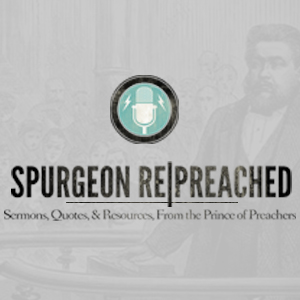 BORN: November 10, 1483 in Eisleben, Saxony, Germany.
BORN: November 10, 1483 in Eisleben, Saxony, Germany.
DIED: February 18, 1546 Eisleben, Saxony, Germany.
BRIEF BIOGRAPHY:
Martin Luther was born to peasant stock on November 10, 1483 in Eisleben in the Holy Roman Empire – in what is today eastern Germany.
In July of 1505, Martin was caught in a horrific thunderstorm. Afraid that he was going to die, he screamed out a vow, “Save me, St. Anna, and I shall become a monk.” St. Anna was the mother of the Virgin Mary and the patron saint of miners. On July 17th Luther entered the Augustinian Monastery at Erfurt.
In 1510, Luther traveled as part of delegation from his monastery to Rome (he was not very impressed with what he saw.) In 1511, he transferred from the monastery in Erfurt to one in Wittenberg where, after receiving his doctor of theology degree, he became a professor of biblical theology at the newly founded University of Wittenberg.
In 1513, he began his first lectures on the Psalms. In these lectures, Luther’s critique of the theological world around him begins to take shape. Later, in lectures on Pauls Epistle to the Romans (in 1515/16) this critique becomes more noticeable. It was during these lectures that Luther finally found the assurance that had evaded him for years. The discovery that changed Luthers life ultimately changed the course of church history and the history of Europe. In Romans, Paul writes of the righteousness of God. Luther had always understood that term to mean that God was a righteous judge that demanded human righteousness. Now, Luther understood righteousness as a gift of God’s grace. He had discovered (or recovered) the doctrine of justification by grace alone. This discovery set him afire.
In 1517, he posted a sheet of theses for discussion on the University’s chapel door. These Ninety-Five Theses set out a devastating critique of the church’s sale of indulgences and explained the fundamentals of justification by grace alone. In 1518 at a meeting of the Augustinian Order in Heidelberg, Luther set out his positions with even more precision.
After the Heidelberg meeting in October 1518, Luther was told to recant his positions by the Papal Legate, Thomas Cardinal Cajetan.
Throughout 1519, Luther continued to lecture and write in Wittenberg. In June and July of that year, he participated in another debate on Indulgences and the papacy in Leipzig. Finally, in 1520, the pope had had enough. On June 15th the pope issued a bull (Exsurge Domini – Arise O Lord) threatening Luther with excommunication. Luther received the bull on October 10th. He publicly burned it on December 10th.
In January 1521, the pope excommunicated Luther. In March, he was summonsed by Emperor Charles V to Worms to defend himself. During the Diet of Worms, Luther refused to recant his position. Whether he actually said, “Here I stand, I can do no other” is uncertain. What is known is that he did refuse to recant and on May 8th was placed under Imperial Ban.
This placed Luther and his duke in a difficult position. Luther was now a condemned and wanted man. Luther hid out at the Wartburg Castle until May of 1522 when he returned to Wittenberg. He continued teaching. In 1524, Luther left the monastery. In 1525, he married Katharina von Bora.
From 1533 to his death in 1546 he served as the Dean of the theology faculty at Wittenberg. He died in Eisleben on 18 February 1546.
-Excerpted from CCEL.org Biography
BOOKS ON LUTHER:
Here I Stand: A Life of Martin Luther by Roland H. Bainton
Martin Luther: A Guided Tour of His Life and Thought by Stephen J. Nichols
Martin Luther as Prophet, Teacher, Hero: Images of the Reformer, 1520-1620 by Robert Kolb
ADDITIONAL LINKS:
CCEL Bio
John Piper’s Biography of Martin Luther
Wikipedia Bio
Luther Resources at Monergism







Leave a comment